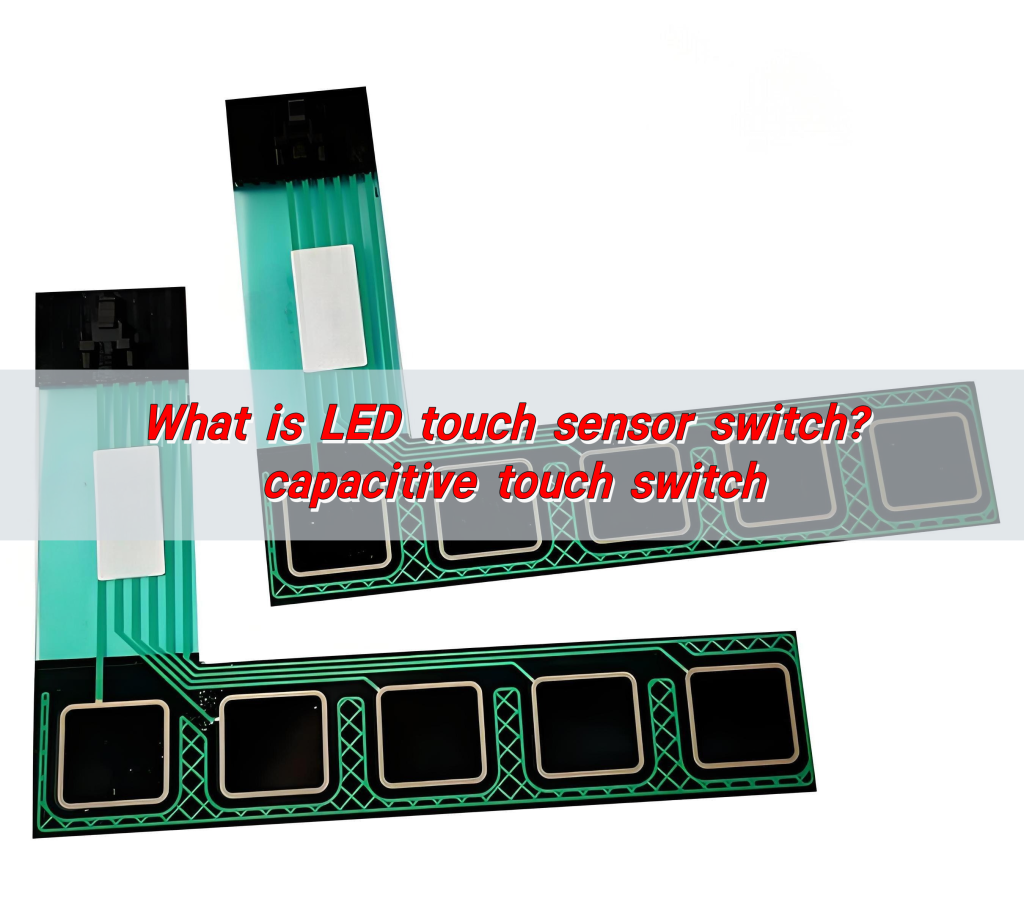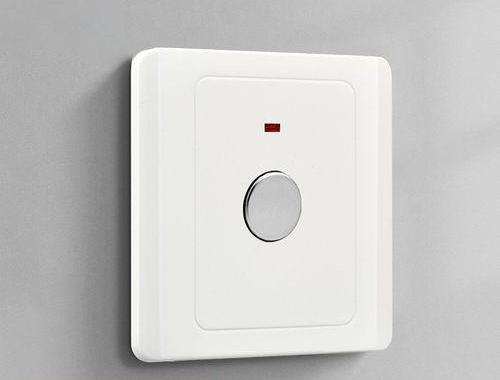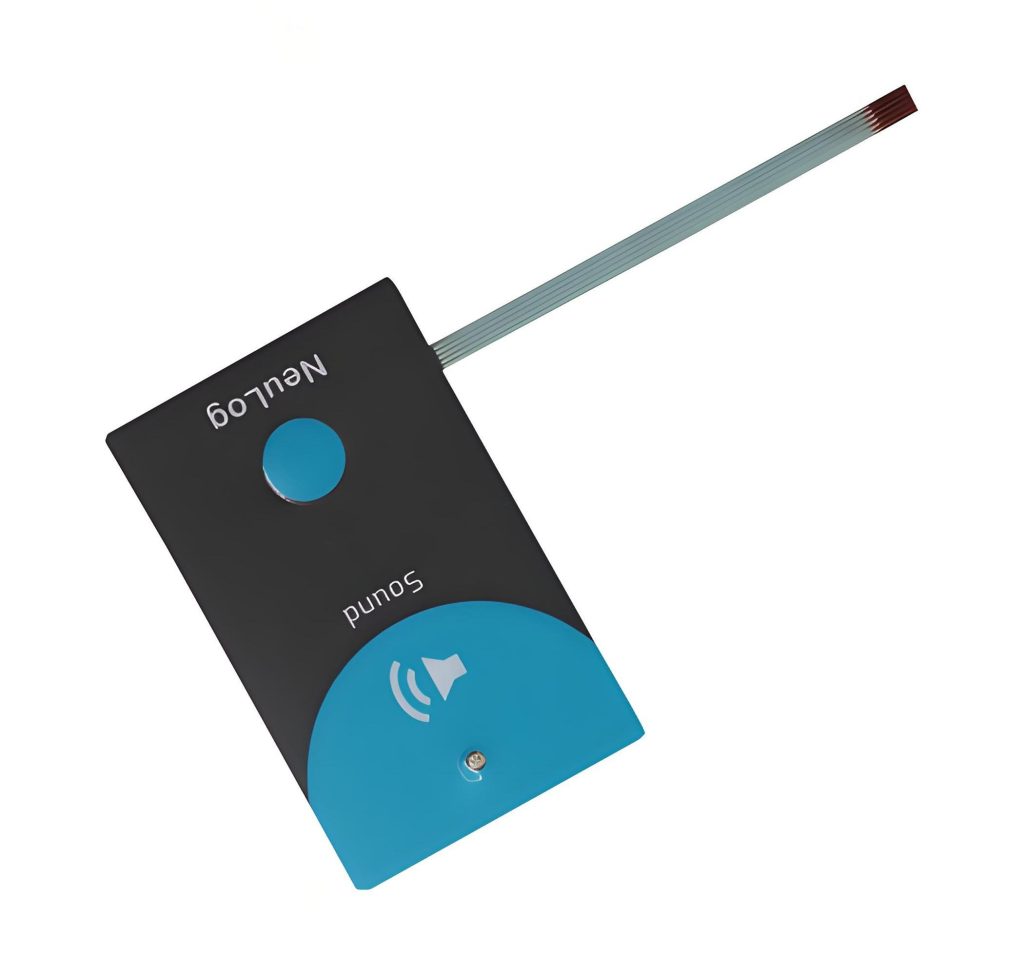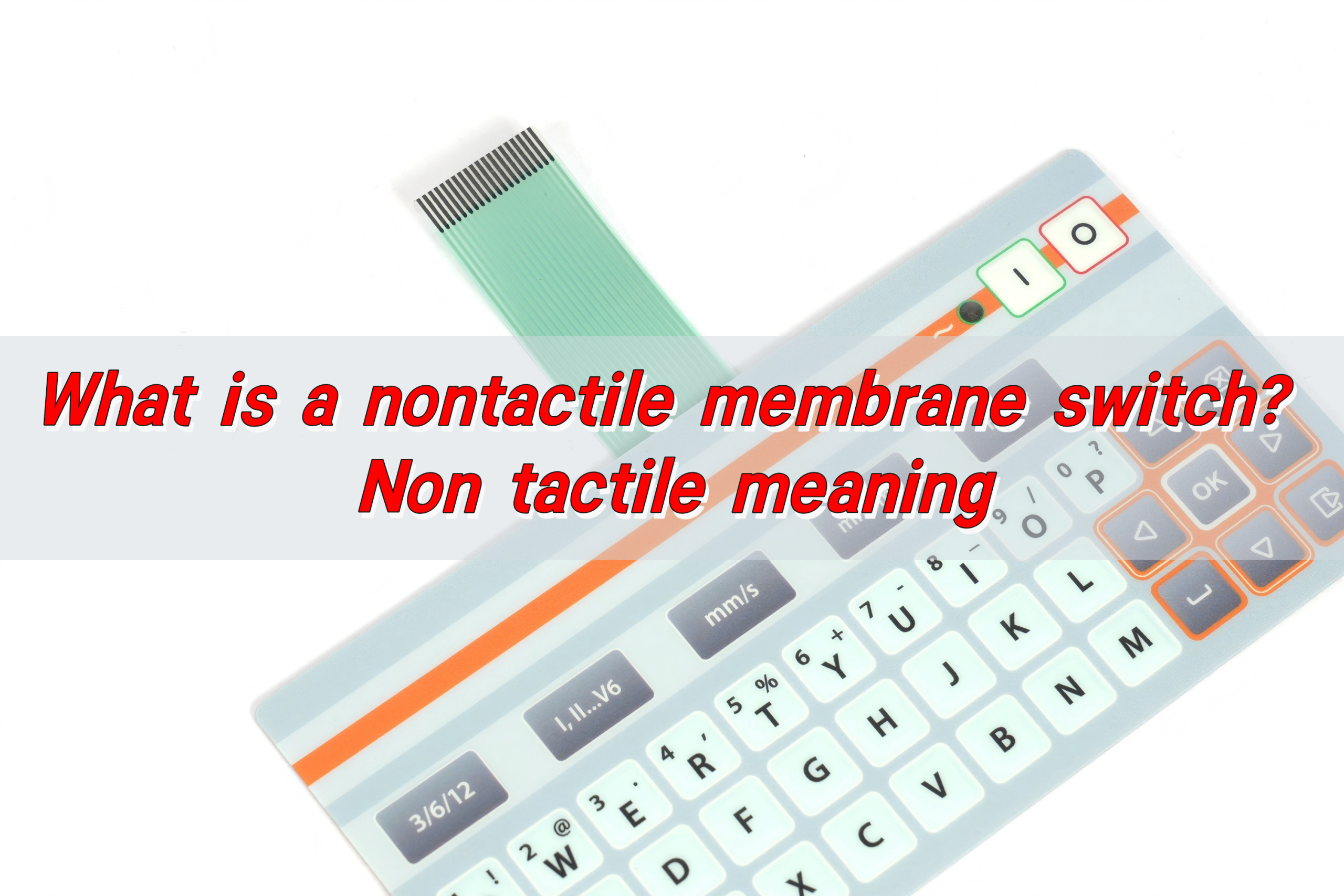
What is LED touch sensor switch? capacitive touch switch
What is LED touch sensor switch? capacitive touch switch
The LED touch sensor switch is an electronic component that combines an LED light and a touch sensor. It controls the on and off of the LED light by touching it, achieving energy-saving and convenient lighting control. It uses capacitive sensing technology to detect human proximity or touch, thereby controlling the on and off of the circuit. It has the characteristics of high sensitivity and strong durability.

How does a touch LED sensor work?
The magic behind a LED touch sensor switch is in its core technology—capacitive sensing. This type of switch doesn’t rely on pressure. Instead, it detects the natural capacitance of your skin. Every human body holds a tiny electric charge. When your finger touches the sensor’s surface, it slightly alters the electrical field around the switch. That’s all the sensor needs to respond.
Microcontroller inside interprets this change and turns the light on or off. Some models even allow for dimming with a longer touch or multiple brightness levels with repeated touches.
What does a touch LED sensor do?
In the simplest terms, a touch switch for LED lights replaces the traditional mechanical switch. But its impact goes beyond that.
It turns the lighting experience into something tactile and enjoyable. Whether it’s a lamp, under-cabinet light, or a sleek wall panel, the capacitive touch sensor responds immediately and quietly. That creates a sense of elegance and control that old-school switches just can’t deliver.
Even better, these switches often come with a soft glow, making them visible in dim rooms without being distracting.
Are touch switches good?
Absolutely. First, they’re built to last. Since there’s no mechanical action, they experience less physical stress. That means longer life, fewer replacements, and less maintenance.
Second, they look incredible. Their sleek, modern design makes them ideal for stylish interiors. Whether you’re into minimalism or futuristic vibes, a LED touch sensor switch fits in naturally.
Third, they’re responsive. Unlike mechanical switches that may stick or wear out, capacitive touch switches respond instantly to your touch, every time.

Of course, no technology is perfect. But the negatives here are minimal. Yes, they require a power source. And yes, installation might take a little more care.
How do you use a touch light switch?
Using a touch switch for LED lights couldn’t be easier. It’s literally just a tap.
When you touch the surface, your body’s capacitance changes the circuit, and the LED turns on or off. Most switches also support additional features like:
- Long press for dimming: Press and hold your finger to gradually dim the light.
- Tap-and-hold memory: The switch remembers your last brightness setting.
- Soft start: Lights fade in smoothly, avoiding harsh brightness.
In high-end designs, some switches include sensors that detect proximity. This means the switch lights up before you even touch it, giving you a hint of where it is in the dark.
What are the different types of touch sensors?
- 1. Capacitive Touch Sensor
This is the star of our show. It works by detecting changes in capacitance. It’s ultra-sensitive, precise, and found in most modern LED touch sensor switch setups.
- 2. Resistive Touch Sensor
These require actual pressure. When you press the surface, two conductive layers come into contact and complete a circuit. They’re cheaper but not as elegant.
- 3. Infrared Touch Sensor
Used more in screens and larger panels. It detects interruptions in light beams across the surface.
- 4. Piezo Touch Sensor
These react to mechanical stress. They’re very durable but less sensitive compared to capacitive types.
For LED lighting, capacitive touch switches are the gold standard. They’re smooth, durable, and highly responsive, making them ideal for everyday use.
How do you install a touch switch for LED lights?
Installation varies depending on the type of setup you choose. But here’s a general idea:
- Step 1: Choose the right switch
Ensure the LED touch sensor switch is rated for your power supply and LED configuration.
- Step 2: Disconnect power
Safety first. Turn off the power at the breaker before starting.
- Step 3: Wire the switch
Match the wires as per the product’s manual. Usually, this includes live, neutral, and ground connections. In DC systems, make sure to respect polarity.
- Step 4: Mount and test
Fix the switch to your wall, lamp, or control panel. Restore power and test the touch function.
Many LED momentary switches come as plug-and-play components. These can be added to lamps, mirrors, or under-shelf lights without much technical knowledge.
Can membrane switches control LED lights?
Yes. Membrane switches are thin, flexible layers with printed circuits. They’re often used in industrial equipment, medical devices, and control panels.
By embedding a capacitive touch sensor in the membrane, you can control LED lights with the same touch-sensitive ease. Some even include tactile feedback—like a soft click—when pressed.
For products where hygiene and durability matter—think hospital beds, fitness equipment, or vending machines—membrane switches controlling LED lights make perfect sense.

They’re compact, reliable, and designed for frequent use. And yes, they look good doing it.
Conclusion:
The LED touch sensor switch is more than just a trend—it’s the future of lighting control. With its sleek appearance, smart technology, and seamless response, it turns any light into an experience.
From easy use to long-lasting performance, from LED momentary switch options to full room automation, there’s something magical about touching light and watching your world change instantly.
Contact us at sales@best-membraneswitch.com. We’ll help you explore options, answer your questions.
What is silicone rubber material? Silicone rubber membrane switch
Silicone rubber material is a polymer elastomer with silicon-oxygen bonds as the main chain. It is temperature-resistant from -60℃ to 230℃, soft and insulating. The membrane switch made of it can be turned on instantly when pressed, rebounds neatly, is waterproof, dustproof and oil-resistant, making home appliances, automotive and medical panels thin and reliable. What ...
Silicone rubber keypad manufacturer, Silicone rubber keypads suppliers
Silicone rubber keypad is a membrane switch made of silicone rubber material with good flexibility and insulation. It makes the conductive layer under the silicone rubber contact with the circuit by pressing, thus achieving the conduction of the circuit. This switch not only provides comfortable tactile feedback, but also has the characteristics of waterproof, dustproof ...

What is a nontactile membrane switch? Non tactile meaning
Nontactile membrane switch is a membrane switch that provides almost no physical feedback when operated, and the user can hardly feel the tactile change when pressing. This design is common in modern home appliances and industrial equipment, and is suitable for scenarios that require a simple operating interface and a quiet environment. What is a ...
Contact us online